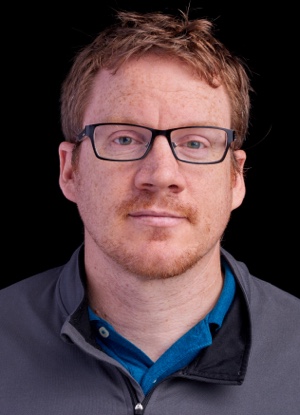Starting a new series on visual communication
Last week I posted the following on Twitter:
It’s kind of puzzling that there is such power in visuals yet almost no good instruction on how to do visuals in #techcomm documentation.
— Tom Johnson (@tomjohnson) March 9, 2016
I’ve decided to start a course on visual communication, similar to the course I wrote about API documentation. With this approach, I write a couple of posts a week on the topic and try to arrange the posts into a course-like sequence. The idea is that rather than producing one-off blog posts, I leverage the power of the blogging medium to create a substantial body of information about a topic.
What exactly is the power of the blogging medium? Besides allowing niche topics to proliferate and the masses like me to publish and distribute information (and become visible in the process), the power of the blogging medium is that it chunks up writing so that you can push out information in small bits at regular intervals.
I don’t have to start a two-year research project during which I’ll be buried in a library, with my head down in dusty books, taking notes on paper, keeping track of sources and quotes and then organizing it all into a print-based book that is perhaps laboriously published after lengthy editorial and publishing reviews, edits, and production processes. That would be fun, I admit, but that kind of sequestered immersive library research doesn’t fit my life style.
Instead, with a blog, you can publish 2 page articles in an evening, get immediate feedback from practitioners around the world, and then make updates to your content or course-correct early. With a blog, you’re publishing online, in a space everyone can access and benefit from, and you can incorporate the feedback you get to inform your next posts. That’s the real benefit of blogging.
Why focus on visual communication, especially given my recent focus on more code-based content like API documentation? I’ve always been a strong believer that visuals are a major component of good docs, regardless of whether your audience is end-users or developers. Almost all doc is conceptual in some way and could benefit from visual communication techniques.
Additionally, the more complex a concept is, the more warranted it is to supplement your textual explanations with visuals. In fact, if you’re trying to document something complex, and you decide to go about it in a purely textual way, you’re making things much harder on yourself. Adding simple visuals goes a long way in clarifying complexity and making your job easier.
Where technical writers often go astray is in thinking that visuals (beyond simple screenshots) are the realm of graphic artists and UX designers only.
I also think that visual communciation topics will resonate more with a broader audience, since almost every techncial writer deals with visuals in some way or another (but only a small fraction work in API documentation).
So stay tuned for more information about this topic.
About Tom Johnson

I'm an API technical writer based in the Seattle area. On this blog, I write about topics related to technical writing and communication — such as software documentation, API documentation, AI, information architecture, content strategy, writing processes, plain language, tech comm careers, and more. Check out my API documentation course if you're looking for more info about documenting APIs. Or see my posts on AI and AI course section for more on the latest in AI and tech comm.
If you're a technical writer and want to keep on top of the latest trends in the tech comm, be sure to subscribe to email updates below. You can also learn more about me or contact me. Finally, note that the opinions I express on my blog are my own points of view, not that of my employer.
